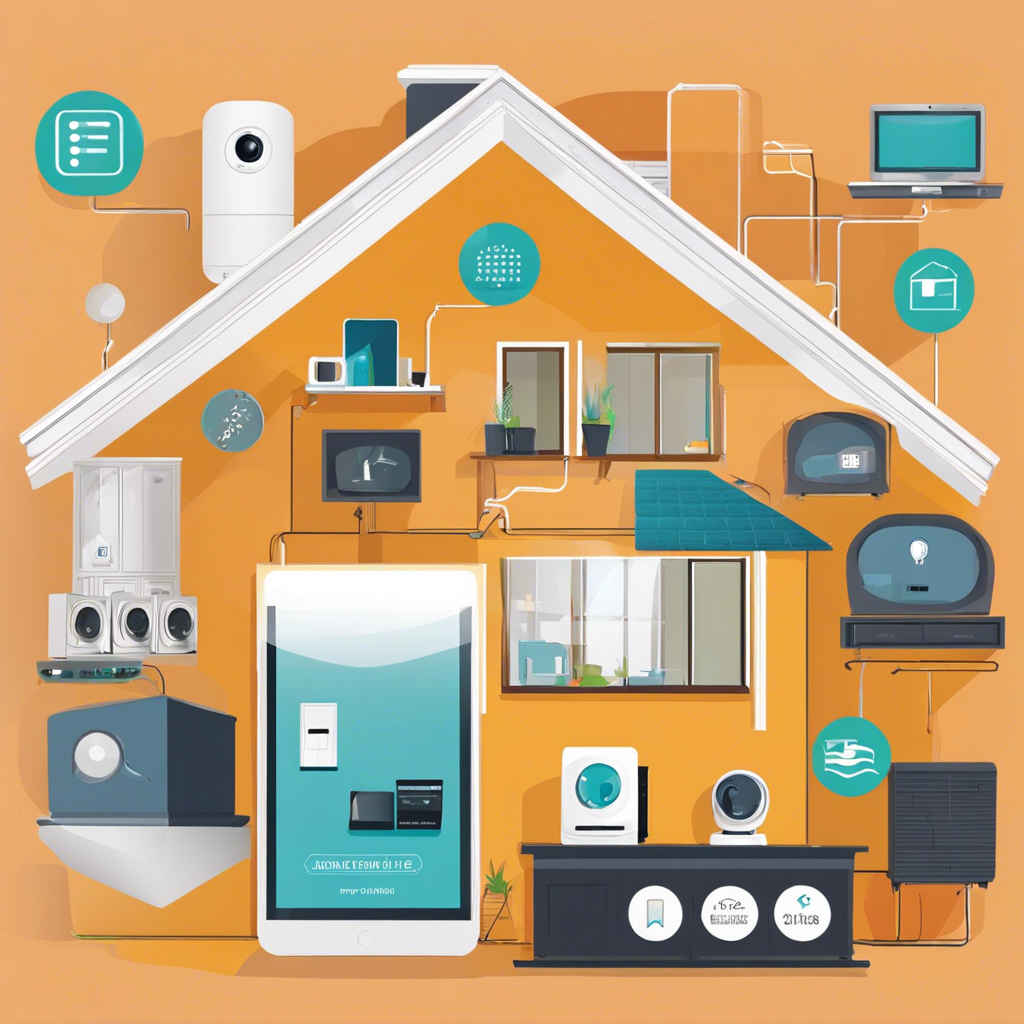So, you’ve decided to join the smart home revolution and create a high-tech haven for yourself. That’s an exciting step into the world of home automation! Setting up your smart home system can seem daunting, but with this ultimate guide, you’ll be able to transform your living space into a seamless, efficient, and truly smart environment.
Choosing Your Smart Hub
The first step is to decide on a smart home hub, which acts as the brain of your entire system. Amazon Echo, Google Nest, or Apple HomePod are popular choices. These hubs enable you to control various smart devices and set up routines for automated tasks. Each platform offers its own unique features and ecosystems, so consider which one aligns best with your needs and the devices you plan to use.
Building Your Smart Device Network
The next step is to decide which smart devices you want to incorporate. This could include smart lighting systems, thermostats, security cameras, door locks, and even smart kitchen appliances. Ensure these devices are compatible with your chosen hub. You might consider Philips Hue for lighting, Nest Thermostat for temperature control, and Ring for video doorbells and security.
Setting Up Voice Control
Voice control is a crucial part of the smart home experience. With your chosen hub, you can link your smart devices to voice commands. Imagine saying, “Hey Google, turn on the living room lights” and having the room illuminate instantly. This level of convenience is one of the key benefits of a smart home setup.
Creating Automated Routines
Routines are another powerful feature. You can set your smart home system to automatically trigger actions based on specific conditions. For instance, you could program your system to turn off the lights, lock the doors, and adjust the thermostat when you say “Goodnight.” This not only makes your life easier but also helps optimize energy efficiency.
Ensuring Your System’s Security
Security is essential in any smart home setup. Regularly update your devices’ firmware, create complex passwords, and use two-factor authentication where possible. This helps prevent unauthorized access and ensures your smart home system remains secure.
Personalizing Your Smart Home
The beauty of a smart home is in its adaptability. You can personalize your setup to cater to your unique lifestyle. Whether it’s creating a custom movie-watching experience or setting up automated schedules for your smart appliances, the possibilities are endless.
In summary, setting up your smart home system involves choosing a hub, selecting compatible devices, integrating voice control, creating routines, ensuring security, and personalizing your setup. With careful planning and an eye for detail, you can create a smart home that enhances your daily life, making it more convenient, secure, and energy-efficient.
Remember, the smart home journey is unique to each individual, so have fun exploring the possibilities and crafting a high-tech home that suits your needs.



